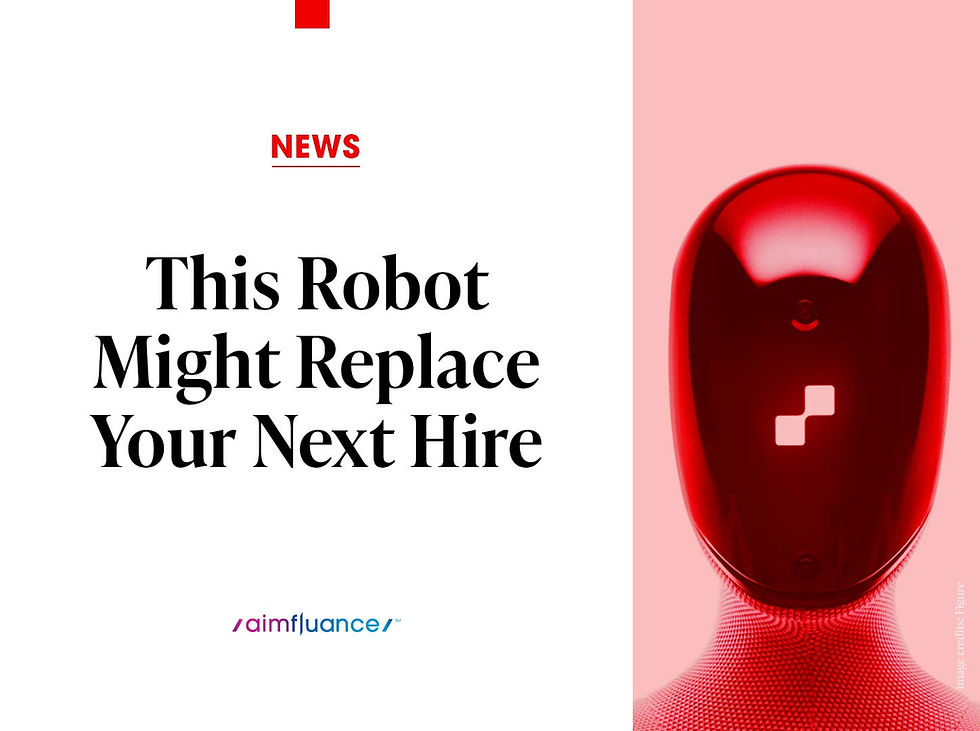Google Pioneers Machine Learning Age Estimation
- Aimfluance LLC

- Feb 18
- 2 min read

Set for 2025 U.S. rollout, the AI-driven system analyzes behavior —raising the bar for privacy-focused safeguards.
Google announced plans to deploy a machine learning-based age estimation model in the U.S. by 2025, aiming to distinguish adults from minors through behavioral analysis rather than intrusive documentation. This innovative approach uses browsing patterns, YouTube habits, and account longevity to auto-adjust safety settings, balancing regulatory compliance with privacy. The system’s global expansion could reshape how tech giants protect young users while navigating complex privacy landscapes.
How It Works:
Behavioral Analysis: Scans browsing history, YouTube consumption, and account age (e.g., mortgage-related searches signal adults).
Automated Safeguards: Enables SafeSearch, restricts YouTube content, and adjusts account controls for suspected minors.
Verification Fallback: If flagged, users confirm age via:
- Selfie submission
- Credit card verification
- Government ID upload
Parental Tools: New features to block calls/messages during school hours and manage Google Wallet payment cards.
Competitive Differentiation
While companies like Meta and TikTok rely on manual age checks or document uploads, Google’s model stands out by:
Proactive Detection: ML predicts age before risky content exposure, unlike reactive ID requests.
Cross-Platform Integration: Applies safeguards across Search, YouTube, and Wallet seamlessly.
Privacy-Centric Design: Uses behavioral patterns, avoiding storage of sensitive data (e.g., IDs).
Actual Impact
Regulatory Alignment: Meets growing global demands (e.g., EU’s DSA, U.S. COPPA updates) for child safety.
User Experience: Reduces friction for adults while auto-protecting minors—no upfront age gates.
Trust Building: Positions Google as a leader in ethical AI, critical amid rising data privacy concerns.
Future Impact
Global Expansion: Adapting to diverse regulations (e.g., GDPR in Europe, India’s DPDP Act) will test scalability.
Industry Shift: Other firms may adopt similar ML models, phasing out document-heavy verification.
Tech Arms Race: Could spur innovation in privacy-preserving AI, balancing safety with anonymity.
What It Means for:
Meta/TikTok: Must rethink age checks—manual uploads feel outdated compared to Google’s automation.
Apple/Microsoft: Pressure to enhance family tools (e.g., Screen Time) with predictive ML features.
Startups: Niche players could focus on hyper-local compliance or alternative verification (e.g., blockchain).
Google’s machine learning age estimation model marks a paradigm shift in online child protection. By prioritizing behavioral cues over personal data, it sets a new standard for privacy-conscious safety tools. While global rollout challenges loom, competitors now face a clear choice: innovate with AI or risk losing trust in an era where safety and privacy are non-negotiable.


